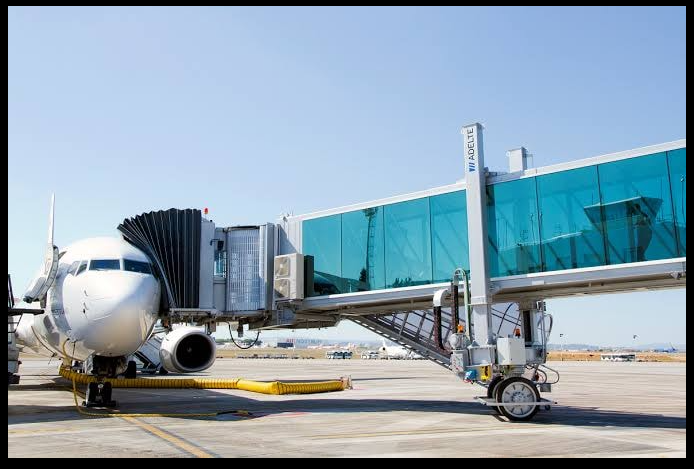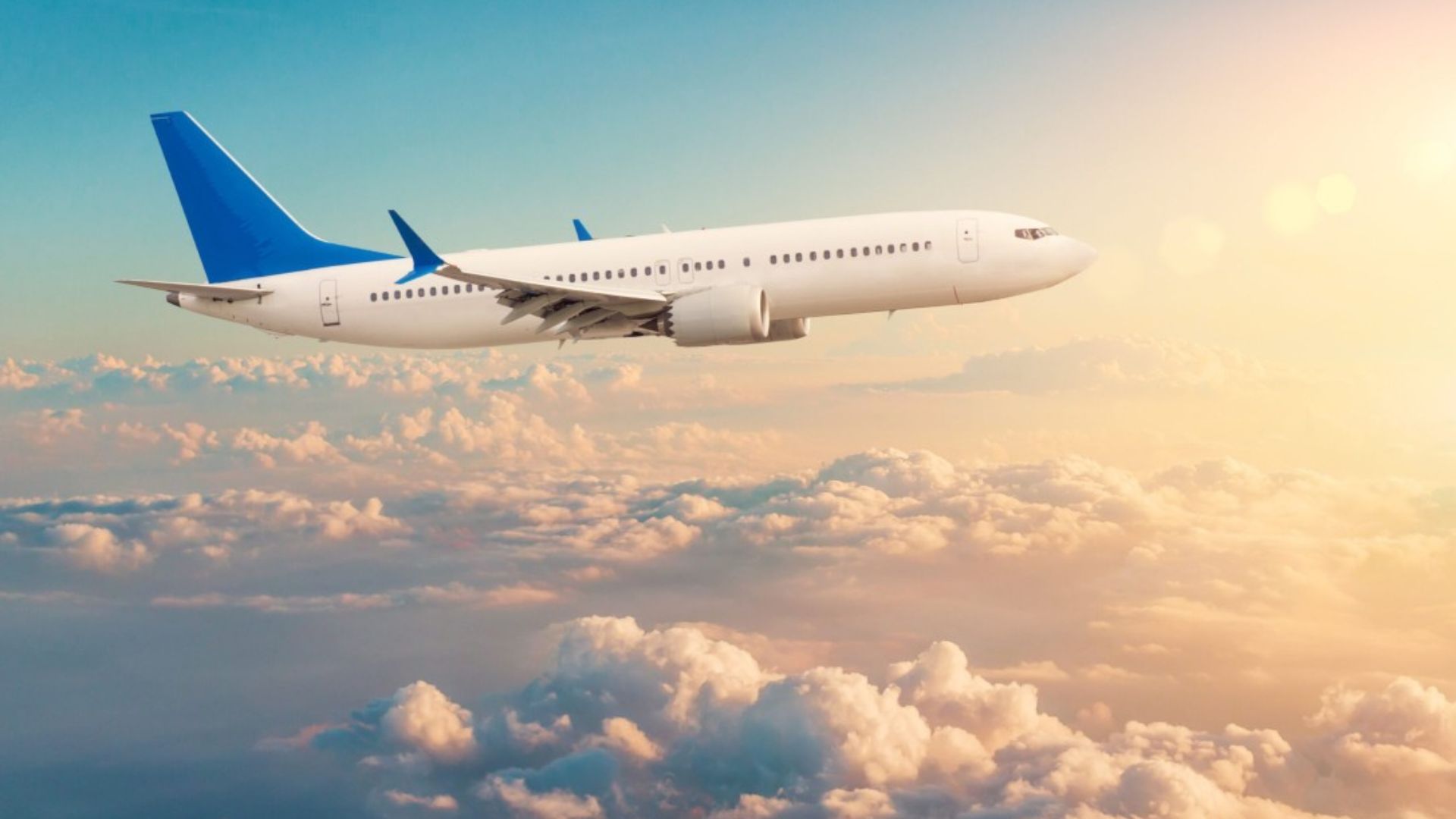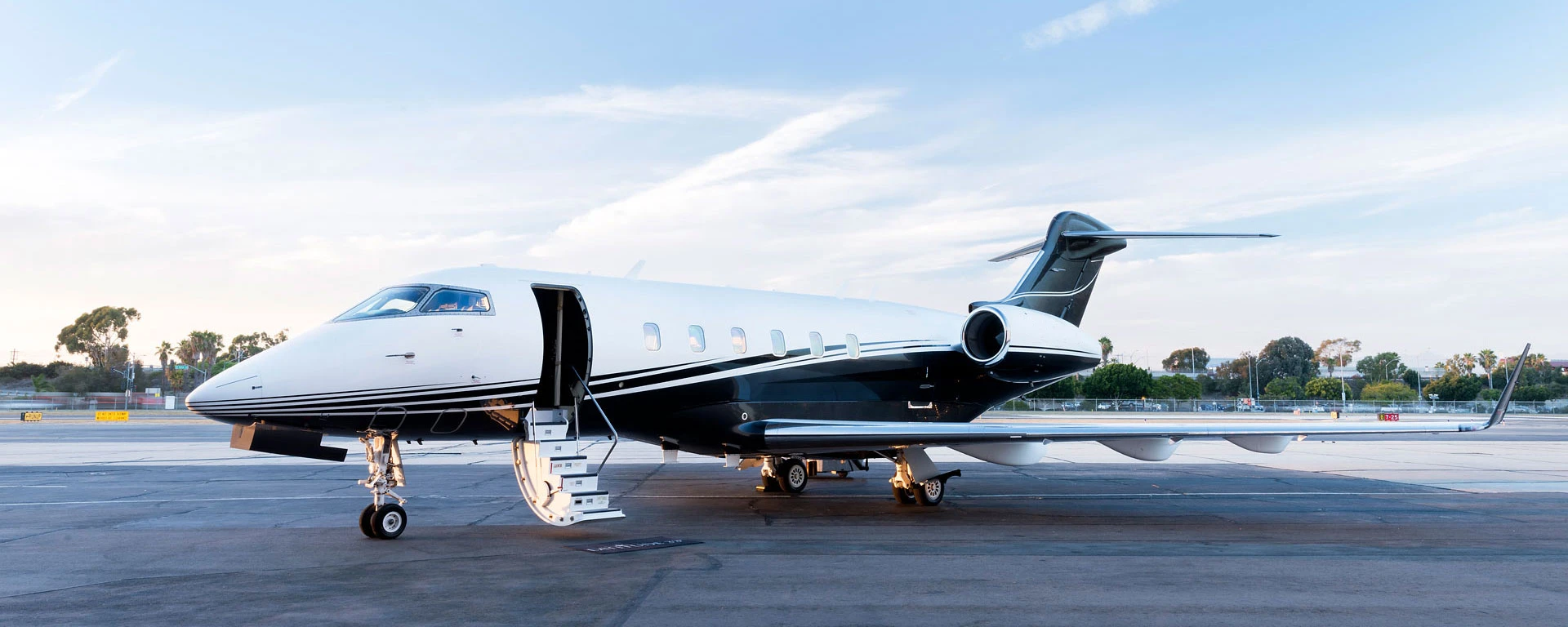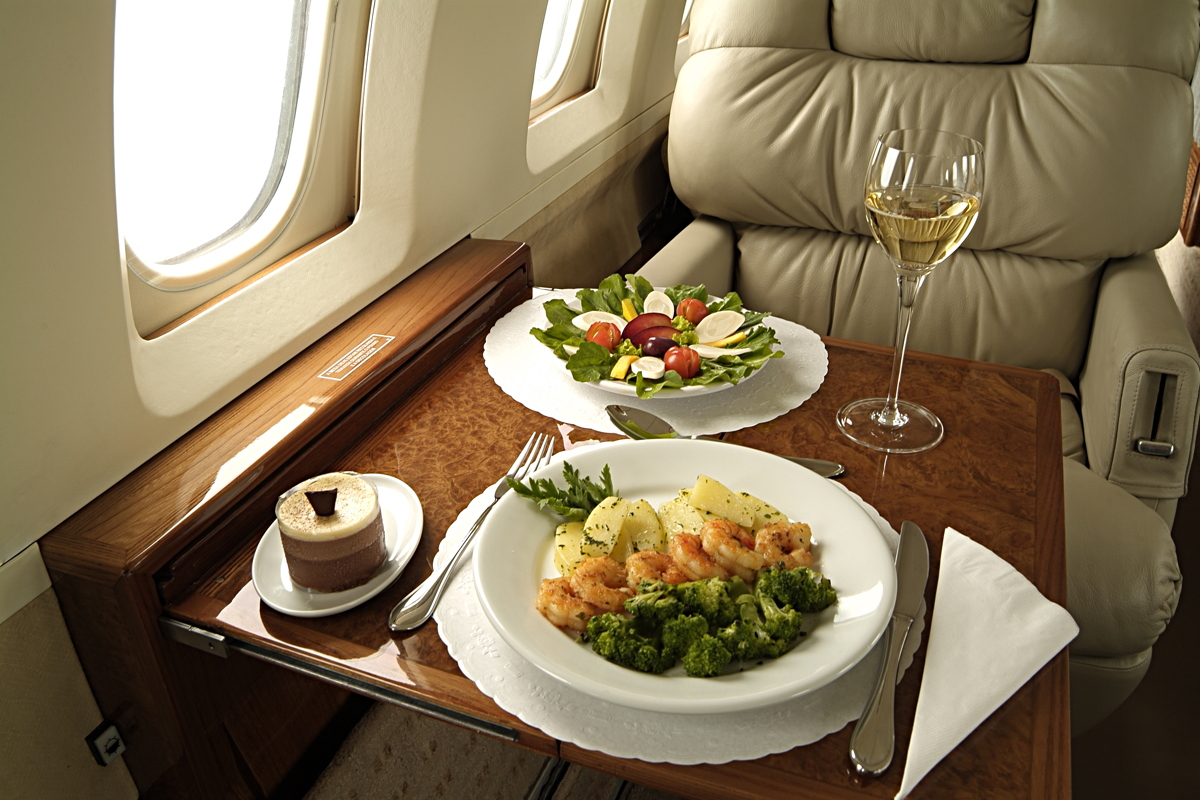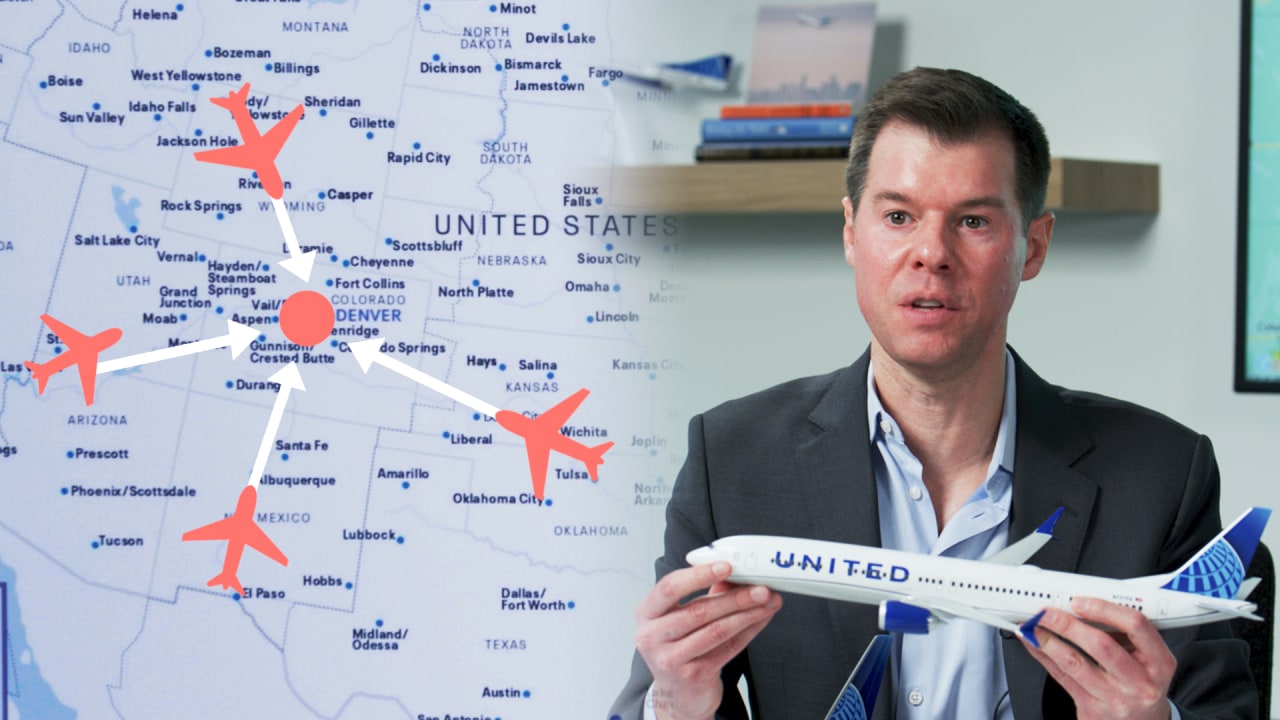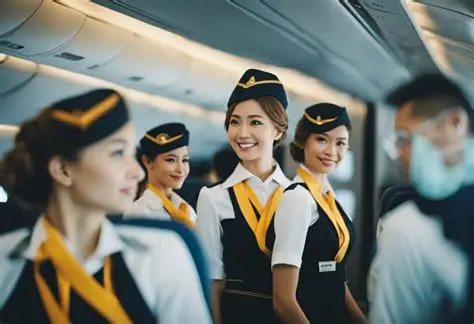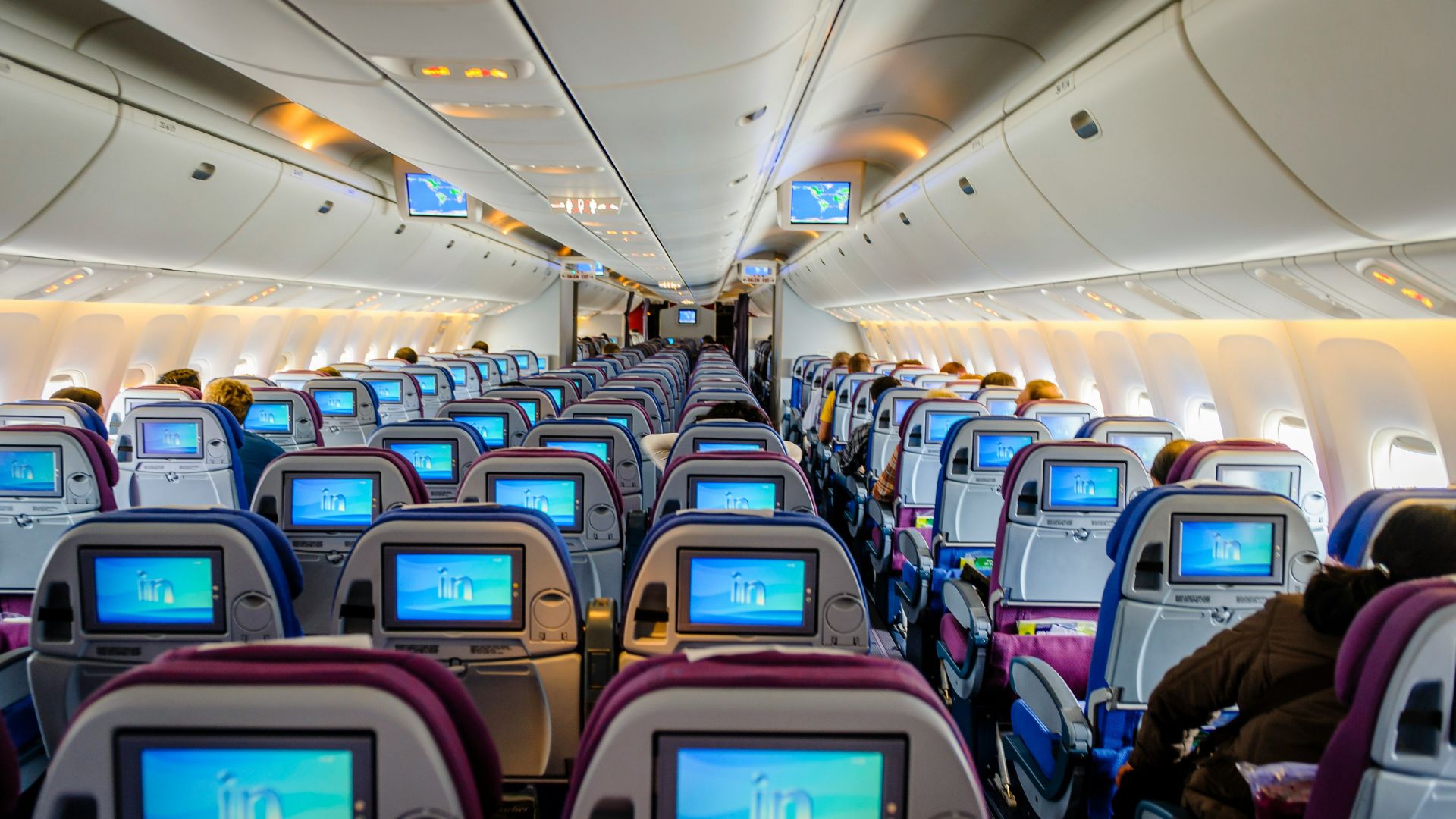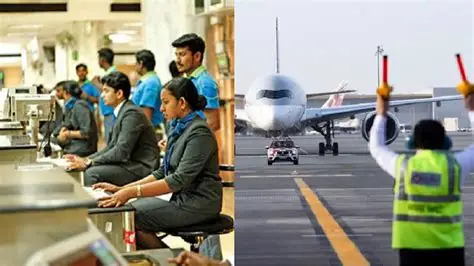Every flight involves much more than passengers boarding and taking off. Behind the scenes, a complex network of operations ensures safety, efficiency, and a smooth travel experience. Ground staff, technicians, pilots, and air traffic controllers work together to prepare every flight meticulously.
Aircraft Preparation and Maintenance
Before a flight departs, technicians conduct thorough inspections. They check engines, landing gear, hydraulics, and avionics systems to ensure the aircraft is airworthy.
Routine maintenance, minor repairs, and safety checks prevent mechanical issues during flight. Ground crew also fuel the aircraft, load baggage, and handle cargo efficiently to meet departure schedules.
Flight Planning and Navigation
Pilots and flight dispatchers work together to plan the route, considering weather, air traffic, and fuel requirements. Modern aircraft use sophisticated navigation systems to optimize flight paths and reduce fuel consumption.
Flight plans are submitted to air traffic control for approval. This coordination ensures safe separation from other aircraft and compliance with international aviation regulations.
Coordination with Air Traffic Control
Air traffic controllers play a crucial role in flight safety. They provide pilots with takeoff clearance, monitor aircraft during flight, and guide landings.
Controllers manage traffic in busy airspace, handle emergencies, and ensure smooth communication between pilots and ground operations. This coordination is essential for preventing delays and maintaining safety.
Cabin Preparation and Passenger Services
Cabin crew prepare the interior for passengers by checking safety equipment, ensuring cleanliness, and setting up food and beverage services.
They also review passenger information, including special needs and seating arrangements. Proper cabin preparation ensures comfort, safety, and a positive in-flight experience.
Baggage Handling and Security
Baggage goes through careful screening and loading procedures. Security teams ensure compliance with safety regulations while ground staff efficiently load luggage to maintain balance and weight distribution.
Mismanaged baggage or security lapses can cause delays, so this step is critical for timely departures.
Real-Time Monitoring and Support
During the flight, operations teams monitor aircraft performance, weather conditions, and flight progress. Airlines use advanced systems to detect anomalies and communicate with pilots if intervention is needed.
This continuous support helps address any issues proactively and maintains passenger safety.
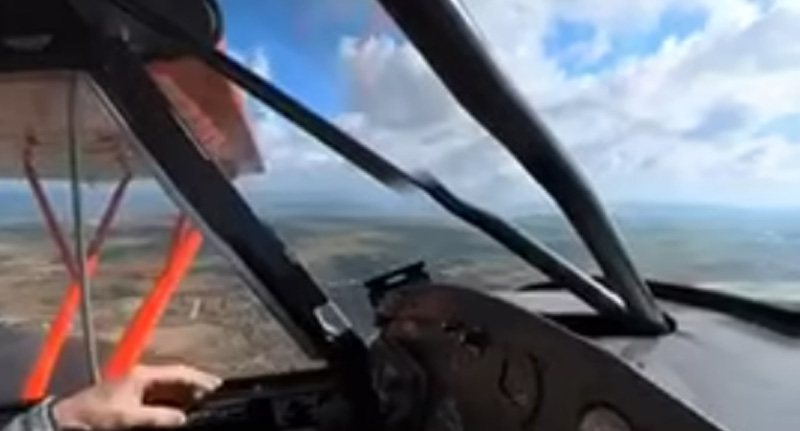
What Happens Behind the Scenes of Every Flight
Post-Flight Operations
After landing, aircraft undergo post-flight inspections and routine maintenance checks. Baggage is unloaded, cargo is removed, and cabins are cleaned for the next flight.
Flight data is recorded and analyzed to improve efficiency, safety, and future operations. Ground staff coordinate with maintenance teams and prepare the aircraft for its next journey.
Conclusion
Behind every flight is a coordinated effort involving aircraft maintenance, flight planning, air traffic control, cabin preparation, baggage handling, and real-time monitoring. These operations ensure safety, efficiency, and comfort for passengers. The seamless experience that travelers enjoy is the result of meticulous planning and teamwork, highlighting the complexity and precision of modern aviation.

